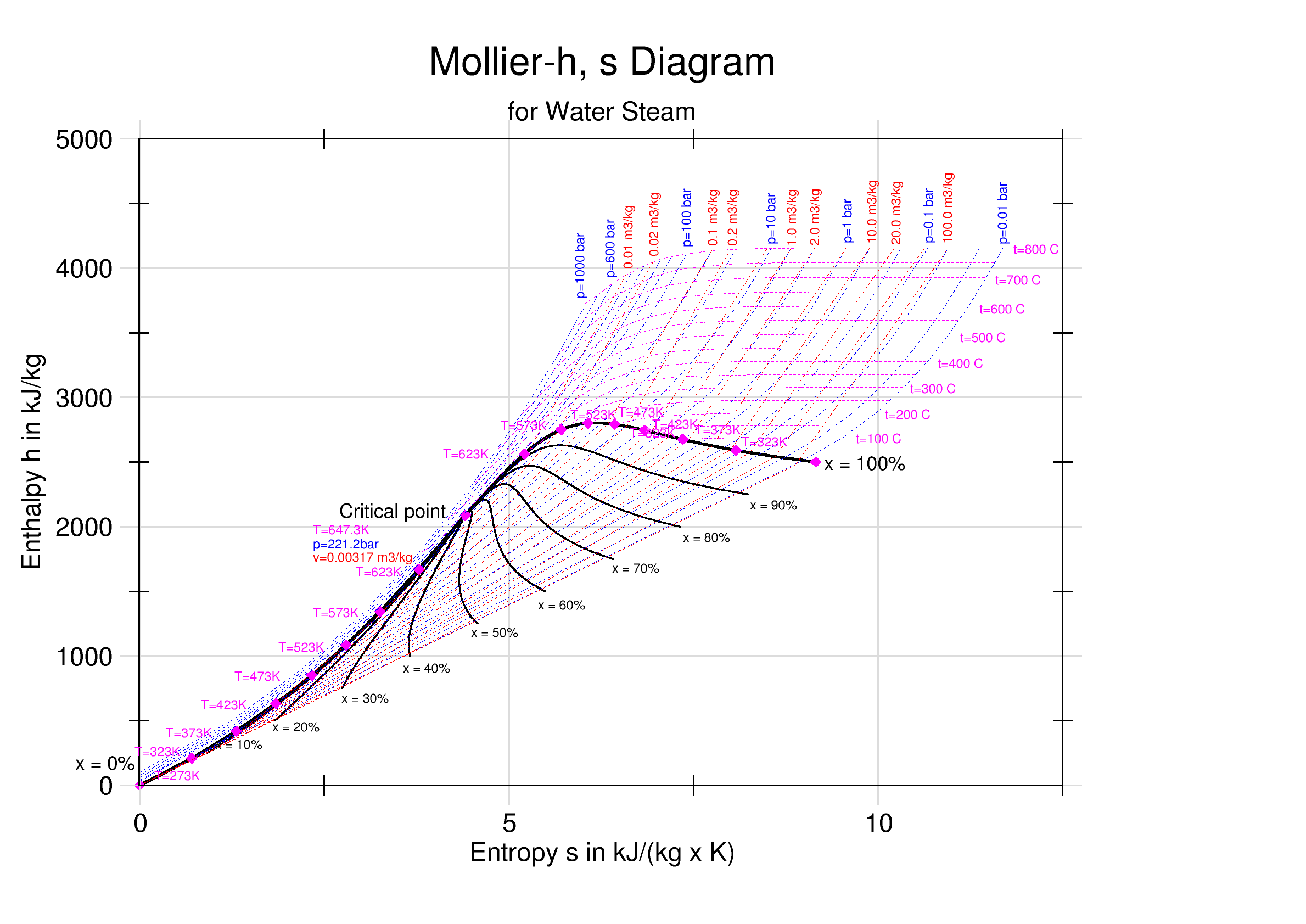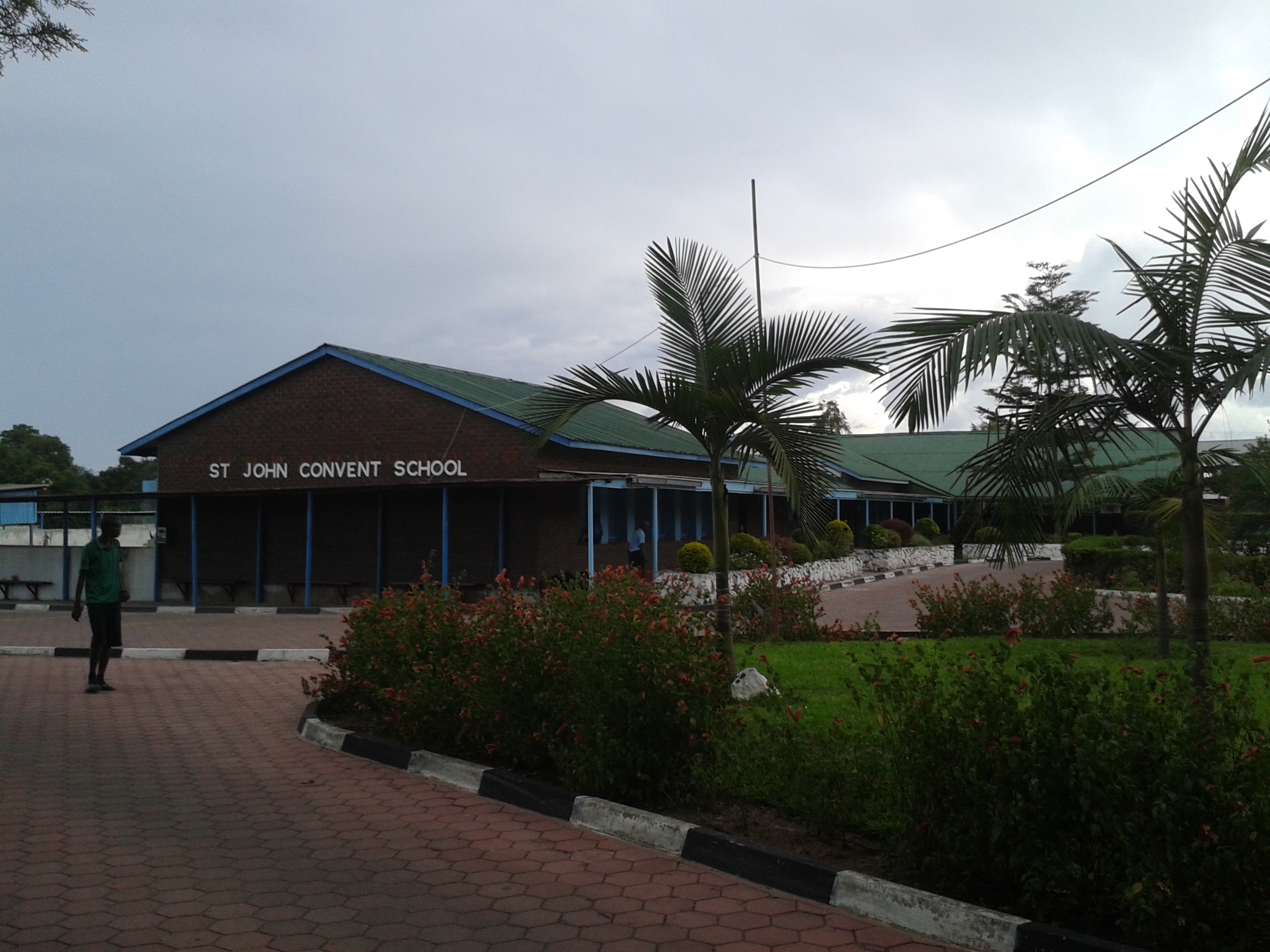|
Rhodesia Railways 20th Class
The Rhodesia Railways 20th class, later Zambia Railways and National Railways of Zimbabwe 20th classes, were among the largest and most powerful steam locomotives in the southern hemisphere. With 61 locomotives built, they were the fourth largest class of Garratt locomotive built – after the South African Railways class GMA, (120), the Rhodesia Railways 15th class, (74) and the South African Railways class GF (65). Design The locomotives have a 4-8-2+2-8-4 of "Double Mountain" wheel arrangement. This arrangement was also used by most other large Garratts. The 20th class was the first and only class of Rhodesia Railways locomotives to be fitted with mechanical stokers. Other technical features included bar frames and thermic syphons. The later locomotives were classified as 20A class; the main difference being that the 20ths' inside and outside trailing wheels were of the same size, on the 20A, the inside trailing wheels diameter had been increased in size. The 20As were al ... [...More Info...] [...Related Items...] OR: [Wikipedia] [Google] [Baidu] |
Rhodesia Railways
The National Railways of Zimbabwe (NRZ), formerly Rhodesia Railways, is a state-owned company in Zimbabwe that operates the country's national railway system. It is headquartered in the city of Bulawayo. In addition to the headquarters, it has a commercial-administrative center in Harare and a supply center in Gweru. The Zimbabwean railway system was largely constructed during the 20th century. History NRZ's history begins with the creation of the Bechuanaland Railway Company on May 24, 1893. It was renamed Rhodesia Railways Ltd (RR) on July 1, 1899.Günter Krause. ''Eisenbahnmuseum Livingstone (Sambia) und die Zambesi Saw Mills Railways''. 2 Ed. 2018. At the same time, on April 13, 1897, the Mashonaland Railway Company (MRC) was founded. On March 1, 1905 the small Ayrshire Gold Mine & Lomangundi Railway Company — which had been founded in 1900 — merged with MRC. A similar event would occur with the Beira & Mashonaland Railway (also founded in 1900), which merged on ... [...More Info...] [...Related Items...] OR: [Wikipedia] [Google] [Baidu] |
Bulawayo Railway Museum
Bulawayo Railway Museum (established 1972) is a railway museum located at Bulawayo railway station in Zimbabwe that houses several exhibitions on the history of the railway system in Zimbabwe, formerly Rhodesia. Its oldest exhibits date back to 1897, and include Cecil Rhodes' personal railway coach. The museum is owned by National Railways of Zimbabwe (NRZ). Due to the severe shortage of rolling stock, some steam locomotives from the museum have, in the past, been refurbished and returned to service. Exhibits Main exhibits are grouped into seven different classes namely: # Steam Locomotives # Diesel Electric Locomotives # Coaches and Saloons # Wagons # Trolleys # Railway Cranes # Other Miscellaneous Items Steam Locomotives * Lawley. 4-4-0. Falcon. * Small Class #1. 0-6-0 Tank. 'Rhodesia'. * Small Class #7. 0-6-0 Saddle Tank. 'Jack Tar'. * 6th Class #19. 4-8-2 Tank. . * 7th Class. #43. 4-8-0. * 9A Class. #122. 4-8-0. * 9B Class. #115. 4-8-0. * 10th Class. #98. 4-8-0. * 11th C ... [...More Info...] [...Related Items...] OR: [Wikipedia] [Google] [Baidu] |
Garratt Locomotives
A Garratt (often referred to as a Beyer Garratt) is a type of steam locomotive invented by British engineer Herbert William Garratt that is articulated into three parts. Its boiler, firebox, and cab are mounted on a centre frame or "bridge". The two other parts, one at each end, have a pivot to support the central frame; they consist of a steam engine unit – with driving wheels, trailing wheels, valve gear, and cylinders, and above it, fuel and/or water storage. Articulation permits locomotives to negotiate curves that might restrict large rigid-framed locomotives. The design also provides more driving wheels per unit of locomotive weight, permitting operation on lightly engineered track. Garratt locomotives produced as much as twice the power output of the largest conventional locomotives of railways that introduced them, reducing the need for multiple locomotives and crews. Advantages of the Garratt concept The principal benefit of the Garratt design is that the boi ... [...More Info...] [...Related Items...] OR: [Wikipedia] [Google] [Baidu] |
Steam Locomotives Of Zambia
Steam is a substance containing water in the gas phase, and sometimes also an aerosol of liquid water droplets, or air. This may occur due to evaporation or due to boiling, where heat is applied until water reaches the enthalpy of vaporization. Steam that is saturated or superheated is invisible; however, "steam" often refers to wet steam, the visible mist or aerosol of water droplets formed as water vapor condenses. Water increases in volume by 1,700 times at standard temperature and pressure; this change in volume can be converted into mechanical work by steam engines such as reciprocating piston type engines and steam turbines, which are a sub-group of steam engines. Piston type steam engines played a central role in the Industrial Revolution and modern steam turbines are used to generate more than 80% of the world's electricity. If liquid water comes in contact with a very hot surface or depressurizes quickly below its vapor pressure, it can create a steam explosion. ... [...More Info...] [...Related Items...] OR: [Wikipedia] [Google] [Baidu] |
Steam Locomotives Of Zimbabwe
Steam is a substance containing water in the gas phase, and sometimes also an aerosol of liquid water droplets, or air. This may occur due to evaporation or due to boiling, where heat is applied until water reaches the enthalpy of vaporization. Steam that is saturated or superheated is invisible; however, "steam" often refers to wet steam, the visible mist or aerosol of water droplets formed as water vapor condenses. Water increases in volume by 1,700 times at standard temperature and pressure; this change in volume can be converted into mechanical work by steam engines such as reciprocating piston type engines and steam turbines, which are a sub-group of steam engines. Piston type steam engines played a central role in the Industrial Revolution and modern steam turbines are used to generate more than 80% of the world's electricity. If liquid water comes in contact with a very hot surface or depressurizes quickly below its vapor pressure, it can create a steam explosion. ... [...More Info...] [...Related Items...] OR: [Wikipedia] [Google] [Baidu] |
Steam Locomotives Of Rhodesia
Steam is a substance containing water in the gas phase, and sometimes also an aerosol of liquid water droplets, or air. This may occur due to evaporation or due to boiling, where heat is applied until water reaches the enthalpy of vaporization. Steam that is saturated or superheated is invisible; however, "steam" often refers to wet steam, the visible mist or aerosol of water droplets formed as water vapor condenses. Water increases in volume by 1,700 times at standard temperature and pressure; this change in volume can be converted into mechanical work by steam engines such as reciprocating piston type engines and steam turbines, which are a sub-group of steam engines. Piston type steam engines played a central role in the Industrial Revolution and modern steam turbines are used to generate more than 80% of the world's electricity. If liquid water comes in contact with a very hot surface or depressurizes quickly below its vapor pressure, it can create a steam explosion. ... [...More Info...] [...Related Items...] OR: [Wikipedia] [Google] [Baidu] |
Kitwe
Kitwe is the third largest city in terms of infrastructure development (after Lusaka and Ndola) and second largest city in terms of size and population (after Lusaka) in Zambia. With a population of 517,543 (''2010 census provisional'') Kitwe is one of the most developed commercial and industrial areas in the nation, alongside Ndola and Lusaka. It has a complex of mines on its north-western and western edges.Google Earth accessed 2007. Kitwe is located in the Copperbelt Province and is made up of s and suburban areas including Parklands, Riverside, Buchi, Chimwem ... [...More Info...] [...Related Items...] OR: [Wikipedia] [Google] [Baidu] |
Ndola
Ndola is the third largest city in Zambia and third in terms of size and population, with a population of 475,194 (''2010 census provisional''), after the capital, Lusaka, and Kitwe, and the second largest in terms of infrastructure development after Lusaka. It is the industrial and commercial center of the Copperbelt, Zambia's copper-mining region, and capital of Copperbelt Province. It lies just from the border with DR Congo. It is also home to Zambia's first modern stadium, the Levy Mwanawasa Stadium. History What is now Ndola was first inhabited by the Lamba people led by Senior Chief Chiwala, the Lamba people migrated from the Luba-Lunda kingdom around 1600 and the town of Ndola was under Chief Mushili for some time but now it is under Chief Chiwala who came to the Lambaland during the slave trade from Malawi. The name Ndola is derived from the river, which originates in the Kaloko Hills and drains in the Kafubu River. The town of Ndola was founded in 1904, by John E ... [...More Info...] [...Related Items...] OR: [Wikipedia] [Google] [Baidu] |
Railway Museum (Zambia)
The Railway Museum is a museum in Livingstone, Zambia, dedicated to preserving Zambia Zambia (), officially the Republic of Zambia, is a landlocked country at the crossroads of Central, Southern and East Africa, although it is typically referred to as being in Southern Africa at its most central point. Its neighbours are t ...'s railway heritage, as well as holding an exhibition on the history of Jews in Zambia. References Museums in Zambia External links * – unofficial web page Railway museums in Zambia Livingstone, Zambia Buildings and structures in Southern Province, Zambia Tourist attractions in Southern Province, Zambia {{Africa-rail-transport-stub ... [...More Info...] [...Related Items...] OR: [Wikipedia] [Google] [Baidu] |
Zambia Railways
Zambia Railways (ZR) is the national railway company of Zambia, one of the two major railway organisations in Zambia. The other system is the binational TAZARA Railway (TAZARA) that interconnects with the ZR at Kapiri Mposhi and provides a link to the Tanzanian port of Dar es Salaam. History The gauge Cape gauge ZR network was built during British colonial rule as part of the vision of the Cape-Cairo railway but the economic spur was to access the mines of Central Africa. The railway started as part of Rhodesia Railways, the company which ran the railways of Northern Rhodesia and Southern Rhodesia as an integrated operation, which was one of the largest employers and enterprises in both countries. The railway arrived in the future Zambia early in 1905 when the 150 km Livingstone-Kalomo line was built in advance of completion in September of that year of the Victoria Falls Bridge from the then Southern Rhodesia to Livingstone. The first wagons on the line were hauled b ... [...More Info...] [...Related Items...] OR: [Wikipedia] [Google] [Baidu] |








